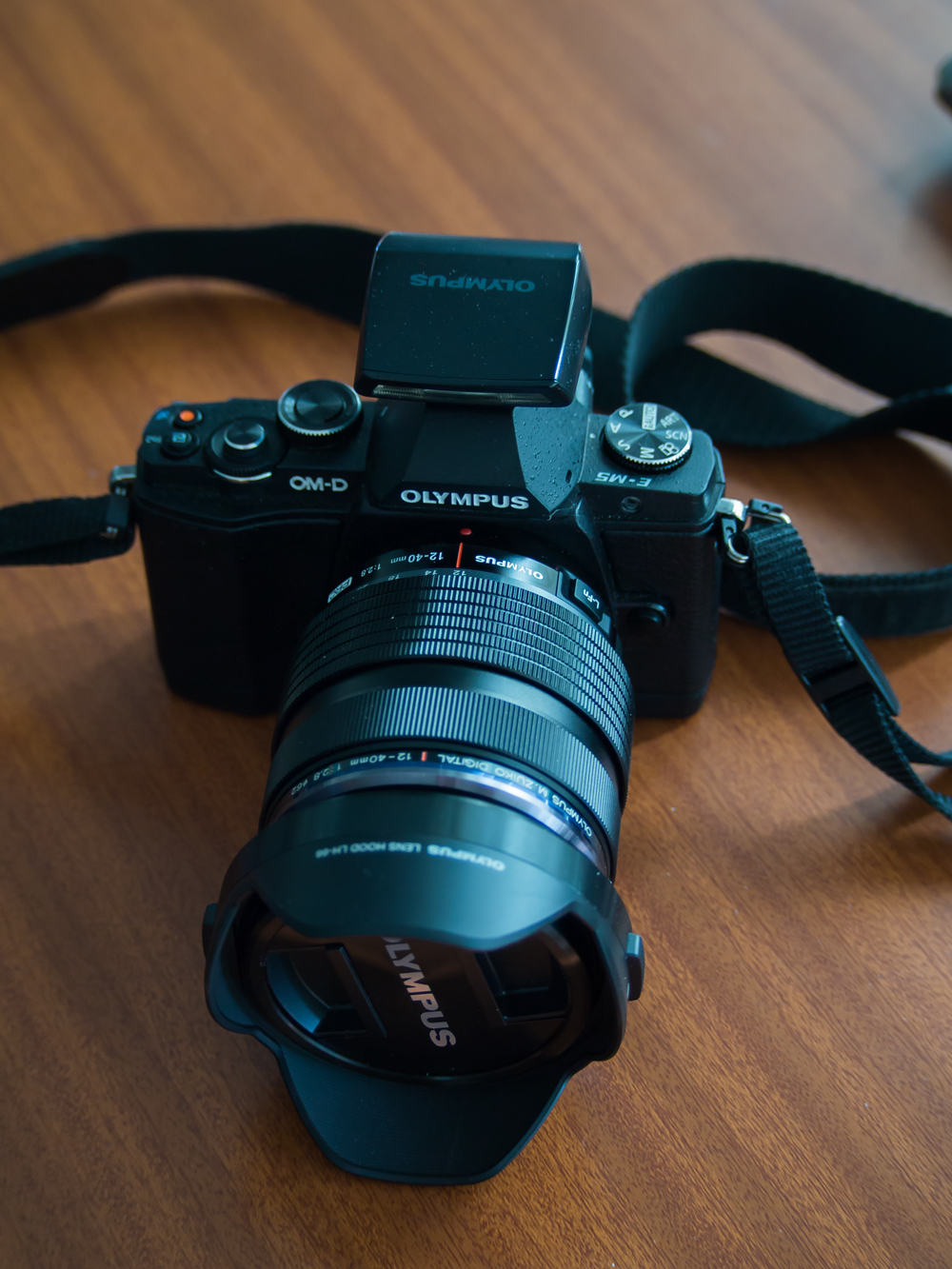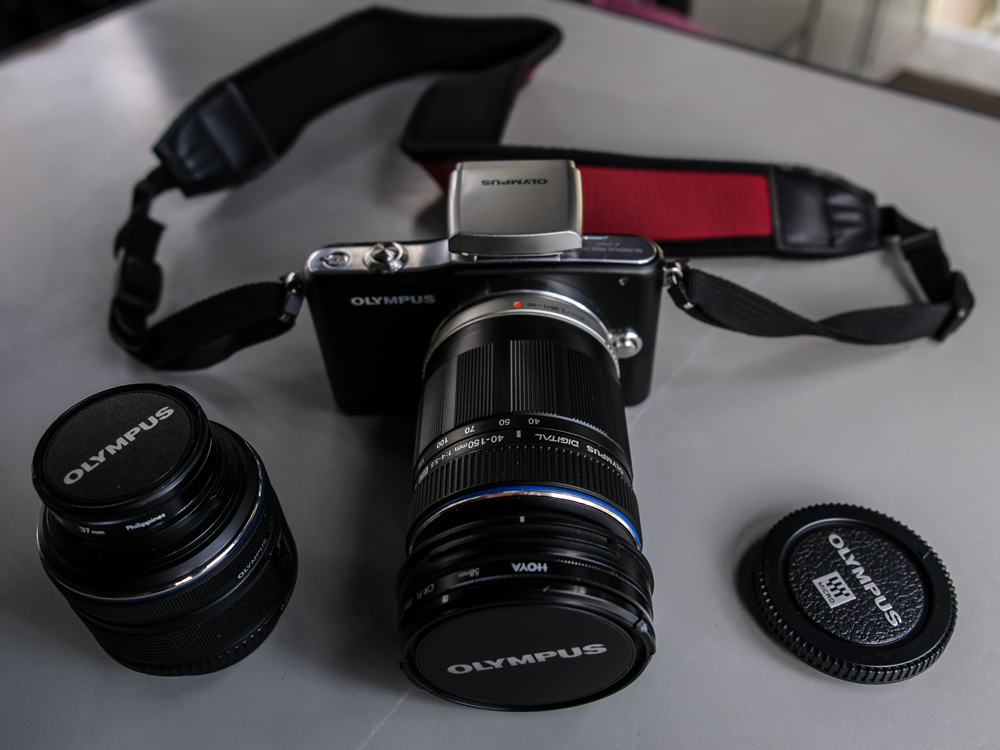Olympus – Micro Four Thirds :
This page is dedicated to the camera equipment we have been using here at Platypus Paparazzi Photography over the past few years since starting this web site and to show off some of the capabilities of this hardware.

There are plenty of fantastic camera review sites out there with oodles of information about the cameras and their functionality, pros and cons etc and I have provided links to some of these in the detailed equipment review pages.
These resources are fantastic if you are looking for in depth reviews of a wide range of camera equipment and accessories and are indecisive about which system best suits your requirements.
My main aim here is to relay my own experience on a day to day basis demonstrating the capabilities of my current and previous equipment and show how the image quality differs from one camera system to the next as we upgrade our equipment.
Consequently I thought it might be an interesting exercise to document a timeline of photos’s taken versus equipment from a real world perspective and compare and contrast the images taken over time.
The Pro Zoom lenses like this 12-40mm f2.8 M.Zuiko Pro Zoom is compatible on all the Micro Four Thirds Models from the entry level EPM-1 Mini to the more traditional DSLR style cameras such as the OM-D EM5 or the Flagship Olympus model the OM-D EM-1.
Share this Post
Although I’m not a professional photographer and still have a great deal to learn, I felt that the ease of use of this Olympus series is worth describing, despite some of what I consider to be drawbacks, and demonstrate the true beauty of these light, portable systems, with fantastic photographic abilities.
The photo’s on this website to this point (with the exception of “The Bridge Over Lake Burbury” – which was taken with a $29.00 Sony Ericson Phone Camera) have all been taken using Olympus’s Micro Four Thirds mirrorless compact system cameras.
The Micro Four Thirds system uses a smaller sensor than traditional DSLR full frame and the Sony’s APSC sensors and tend to suffer from less outward diffraction with images appearing sharp from edge to edge.
This edge to edge sharpness is achieved through the use of smaller lenses which can in turn in combination with the smaller sensor size impact on the systems performance hand held, in lower light conditions.
To combat this Olympus have implemented some excellent multi axis in body sensor stabilisation (as opposed to in lens stabilisation systems from other manufacturers) to help manage shooting hand held at lower shutter speeds where ISO becomes a limiting factor to image quality.




